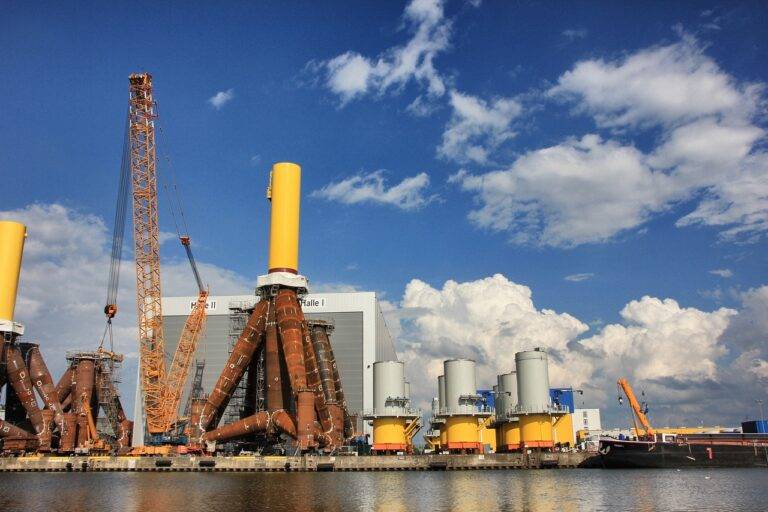Exploring the Dark Web: Challenges and Dangers
Exploring the enigmatic labyrinth of the Dark Web reveals a hidden world beyond the surface of the internet we commonly interact with. Far removed from the familiar realms of search engines and social media, this clandestine network harbors encrypted pages that require specific software and authentication to access. Delving into its depths unveils an intriguing landscape where anonymity reigns supreme, allowing users to navigate through a shadowy realm of hidden services and encrypted communication channels.
Within the covert expanse of the Dark Web, a plethora of illicit activities flourish, as anonymity provides a breeding ground for criminal enterprises and black markets to thrive. From illegal drug trade and weapons sales to human trafficking and cyber warfare, the unregulated nature of this clandestine network attracts individuals seeking anonymity for their nefarious endeavors. Despite its reputation as a hub for criminal activities, the Dark Web also serves as a refuge for whistleblowers, activists, and individuals seeking privacy in an age of increasing surveillance and data breaches.
Understanding the Architecture of the Dark Web
When delving into the architecture of the Dark Web, it is crucial to comprehend the underlying framework that enables it to function. The Dark Web operates on a decentralized network that uses non-standard communication protocols to ensure anonymity and privacy for its users. This network is composed of numerous nodes hosted by individuals or organizations, allowing for the distribution of data across various locations to prevent easy detection or shutdown.
Furthermore, the Dark Web relies heavily on encryption technologies to secure communications and transactions within its ecosystem. Encryption plays a fundamental role in safeguarding the sensitive information shared on the Dark Web from prying eyes and potential security breaches. This emphasis on encryption highlights the commitment of Dark Web users to maintaining their anonymity and protecting their identities while engaging in various activities on this hidden network.
What is the Dark Web?
The Dark Web is a part of the internet that is not indexed by traditional search engines and requires special software, such as Tor, to access. It is often associated with illicit activities and anonymity.
How is the Dark Web different from the Surface Web?
The Dark Web is a small portion of the Deep Web, which includes all websites that are not indexed by search engines. The Surface Web, on the other hand, is the part of the internet that is easily accessible and indexed by search engines.
What is the architecture of the Dark Web?
The Dark Web is made up of websites that are hosted on overlay networks, such as Tor, which anonymize users and make it difficult to trace the location of the servers hosting the websites. These websites often use .onion domains and can only be accessed through the Tor browser.
How do people access the Dark Web?
To access the Dark Web, users need to download and install the Tor browser, which allows them to connect to the Tor network and access .onion websites. It is important to note that accessing the Dark Web can be risky and illegal activities are prevalent.
What are some common misconceptions about the Dark Web?
One common misconception about the Dark Web is that it is only used for illegal activities. While there are illegal activities taking place on the Dark Web, there are also legitimate uses, such as whistleblowing and communication in countries with strict internet censorship.





